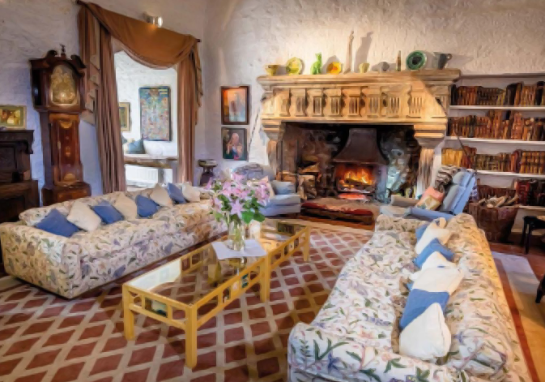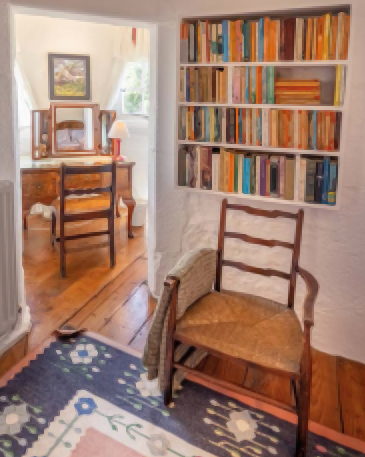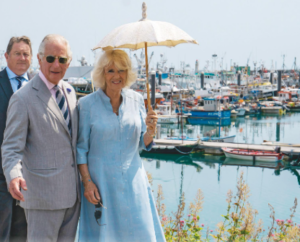Built in 1450, Spedlins, in the Dumfries and Galloway region of Scotland, is thought to be one of the most haunted buildings in Britain, and was once the seat of the Jardines, a powerful family who owned most of the surrounding land. The name Jardine derives from the French word ‘jardin’, meaning garden or orchard, and originated from the du Jardon family who came to England with William the Conqueror in 1066. The Jardines eventually settled in Dumfriesshire in the late 1400s, and their first settlement was none other than this baronial-style tower house.

Standing at 48ft tall, the fairytalelike tower was constructed with brick made from the local Templand sandstone at Corncockle Quarry, and even has a pit prison (see opposite for its spooky story) hidden within its impressive 9ft-thick walls. It is then no surprise that much of the original tower still stands today – musket ball holes and all.
Dumfries and Galloway’s proximity to the English border made this part of Scotland a territorial target – Spedlins is one of at least 100 different castles in this region alone, yet despite its rather exposed spot, it remains remarkably well preserved. After the tower was abandoned by the family in the 19th century for nearby Jardine Hall, Spedlins lay in a ruinous state for some time, until London-based graphic designers Nick and Amanda Gray purchased the property in the 1980s. The pair sold their home in the capital to fund the purchase and spent the next few years restoring it from original building plans and later photographs. Nick and Amanda’s daughter Daisy Steel, who now manages the property, recalls a roofless building with trees growing through the middle of it, parts of the main structure missing and barren land surrounding it. Today, it paints a completely different picture.

From the outside, Spedlins, which can be booked out for exclusive use for up to 14 guests, looks much like it would have done in the 15th century – even down to the beautifullyrestored medieval topiary garden, which has also been landscaped to mimic its original state. It is a castle free of the usual Scottish gimmicks, like stag heads and tartan carpet. Instead, the castle is filled with an extensive book collection and individually commissioned art and furniture from the Gray family, as it was when they lived here.
Not only have the castle’s stone walls stood the test of time, but the original oak door has too. Endless nooks and crannies surround the tower’s spiral staircase, most of which offer airy windows and soft cushions in which to sit for a while. The first-floor Great Hall, which has an original fireplace so big you can step inside it, is the main communal area. Guests can sit and sip whisky on the comfy sofas or spin classic vinyl on its lofty mezzanine. There is also a spacious kitchen with a round dining table, plus a long dining room table adjacent, and the owners can even organise a private chef for you.

Six bedrooms and three bathrooms sit on the two floors above, including master rooms within the tower’s four turrets that offer excellent views over the stunning Dumfries and Galloway countryside and the castle’s four acres of private land, which include a lake. Guests can enjoy the long-distance Annandale Way walking route, which passes by the castle door, while add-ons such as history tours and fishing trips are available.


